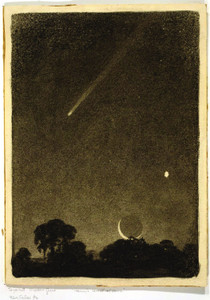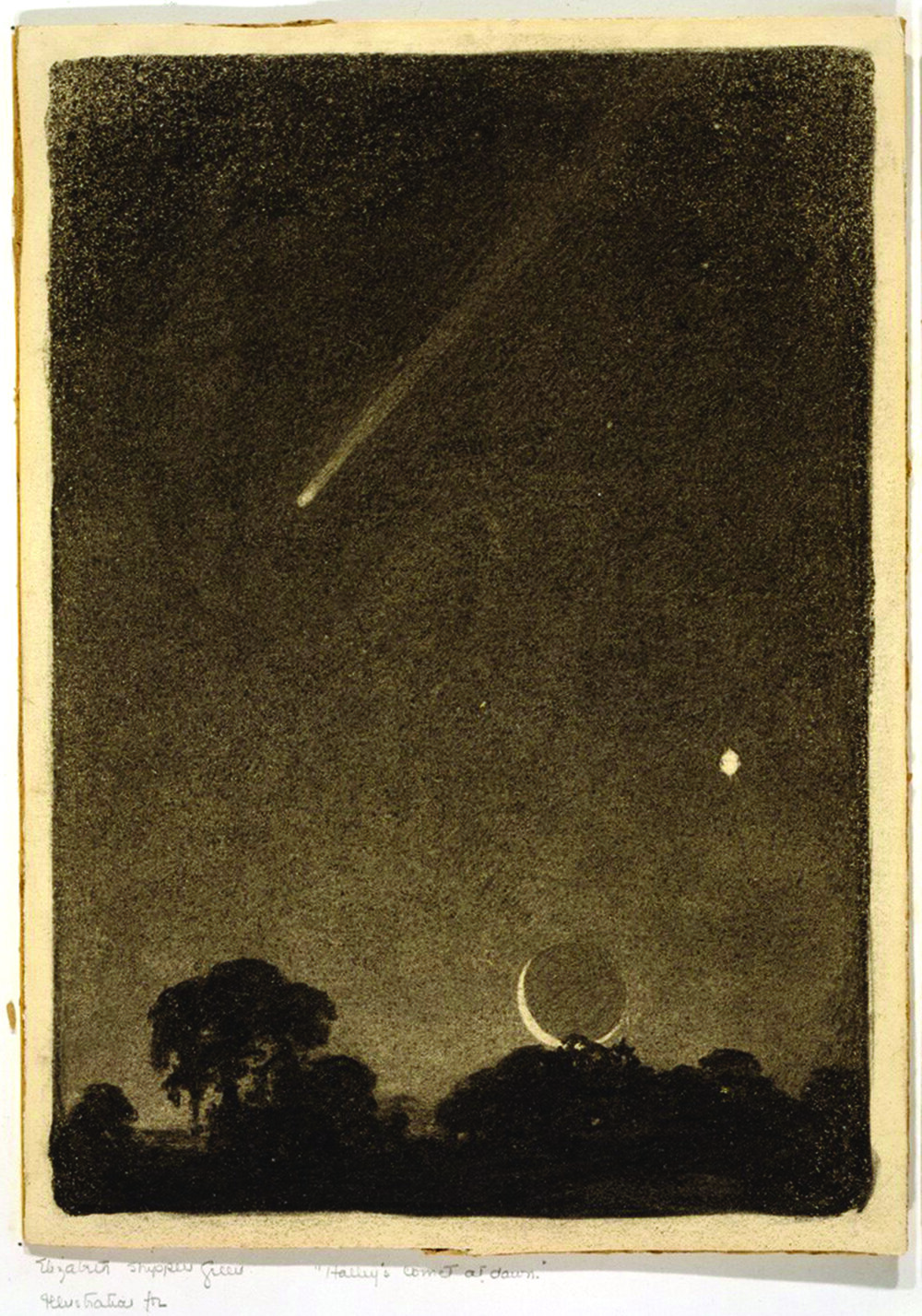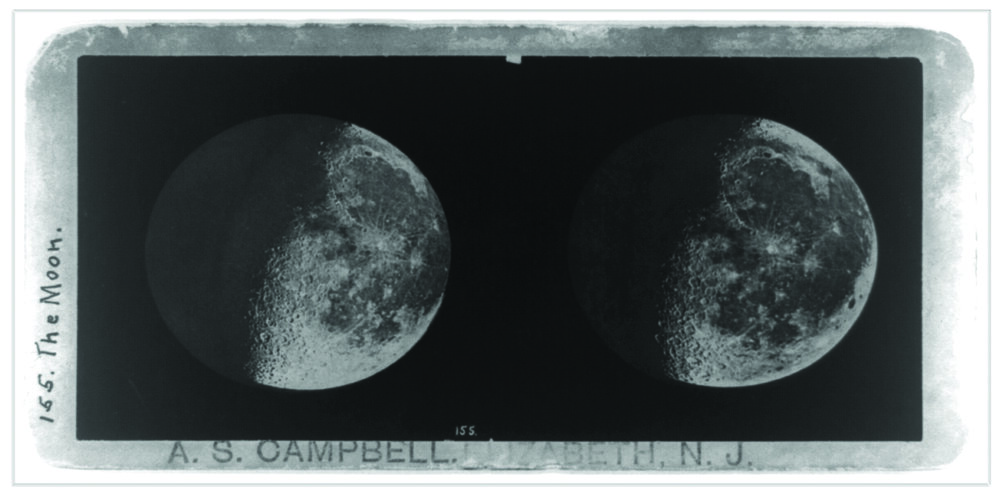It Came From Above: A Visual History of Astronomy
Posted by Leah Dearborn on Apr 10th 2020
By Leah Dearborn
When NASA's New Horizons probe hurtled past Pluto in 2015, it provided hundreds of new images of the far corners of the solar system. Artists, however, have been creating detailed astronomy images of the night sky for hundreds of years, long before modern technology allowed us to send photographic equipment directly into space.
One such artist was Johannes Hevelius, the proud owner of a 150-foot aerial telescope and an observatory he called the 'Star Castle'. After developing an interest in the skies, Hevelius was inspired to record detailed observations from seventeenth century Danzig, where he was a brewer and a city councilor. A number of royals visited his observatory and were so impressed, they allowed him a free pass from the beer tax levied on other local brewers. In 1647 he published Selenographia, the first complete lunar atlas. Based on several years worth of Hevelius' astronomical observations, it contained 250 lunar formations and became an important foundation for future research.
Approximately two-hundred years later, astrophotography was born when the first image of the moon was captured on daguerreotype in 1840. It was around this time that retired Scottish engineer James Nasmyth began toying with plaster models and photographic equipment to recreate the lunar landscape. Together with James Carpenter, he authored The Moon Considered As a Planet, a World, and a Satellite, becoming one of the nineteenth century's most prominent selenographers (someone who maps the topography of the moon). Nasmyth's process involved carefully sketching the features of the moon before crafting models that were photographed “in strong sunlight” using the heliotype process. The results look almost like surrealist paintings, yet they were quite innovative for the time.
Astrophotography continued to advance when in 1880, amateur scientist Henry Draper took the first photograph of an astronomical nebula, following it a year later with the first wide-angle image of a comet's tail and spectrum of a comet's head. What was initially viewed as a more artistic pursuit gained traction in scientific circles over the next several decades with Edward Emerson Barnard's detailed images of the Milky Way, as well as the contributions of other pioneering astrophotographers.
Halley's Comet passed the planet in 1910, and with it came substantial newspaper coverage. It made the May 19 banner headline of the New York Times. Yellow journalists wrote that the comet's tail contained poisonous gases, fanning flames of unease amid the public. This doesn't sound like progress, but it marked a change in the public's level of interest in astronomy. Halley's Comet appeared in advertisements for everything from soap to fountain pens and soft drinks. One political cartoon of the time shows Czar Nicholas II of Russia peering out his window at the sky and crying, “Good heavens! Another bomb?,” possibly in reference to his grandfather's assassination. The comet was all over the media— a true “star” in the celebrity sense.
It was also during the 1910 passage that Halley's Comet— once stitched onto eleventh century tapestries and noted on Babylonian tablets— was caught on film for the first time. When it next returned to orbit the earth in 1986, it was disappointingly dim, but by then technology had improved enough to capture images of the comet from a much closer range. It's next appearance will occur in 2061; who knows what new ways we'll have developed by then for recording the sky.





